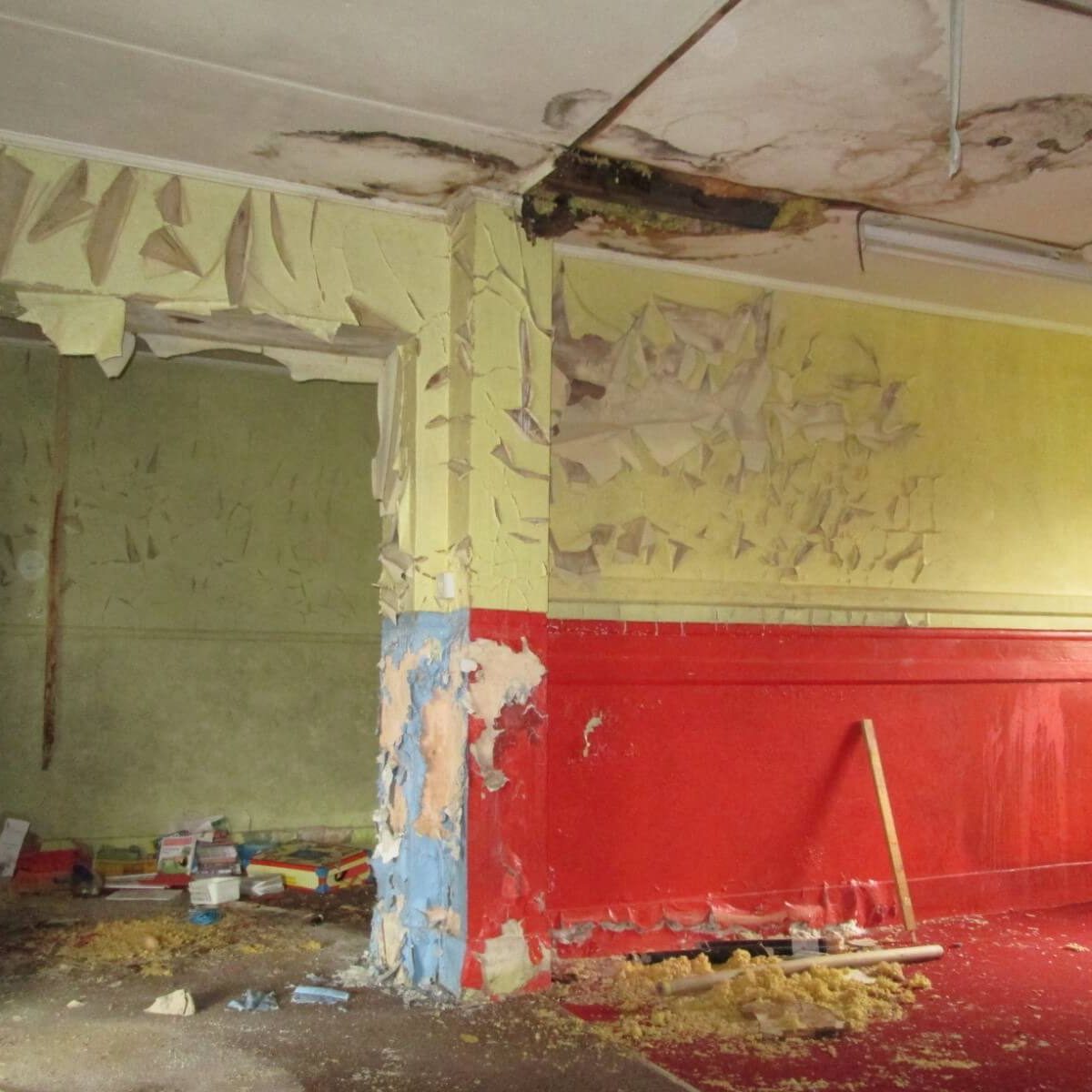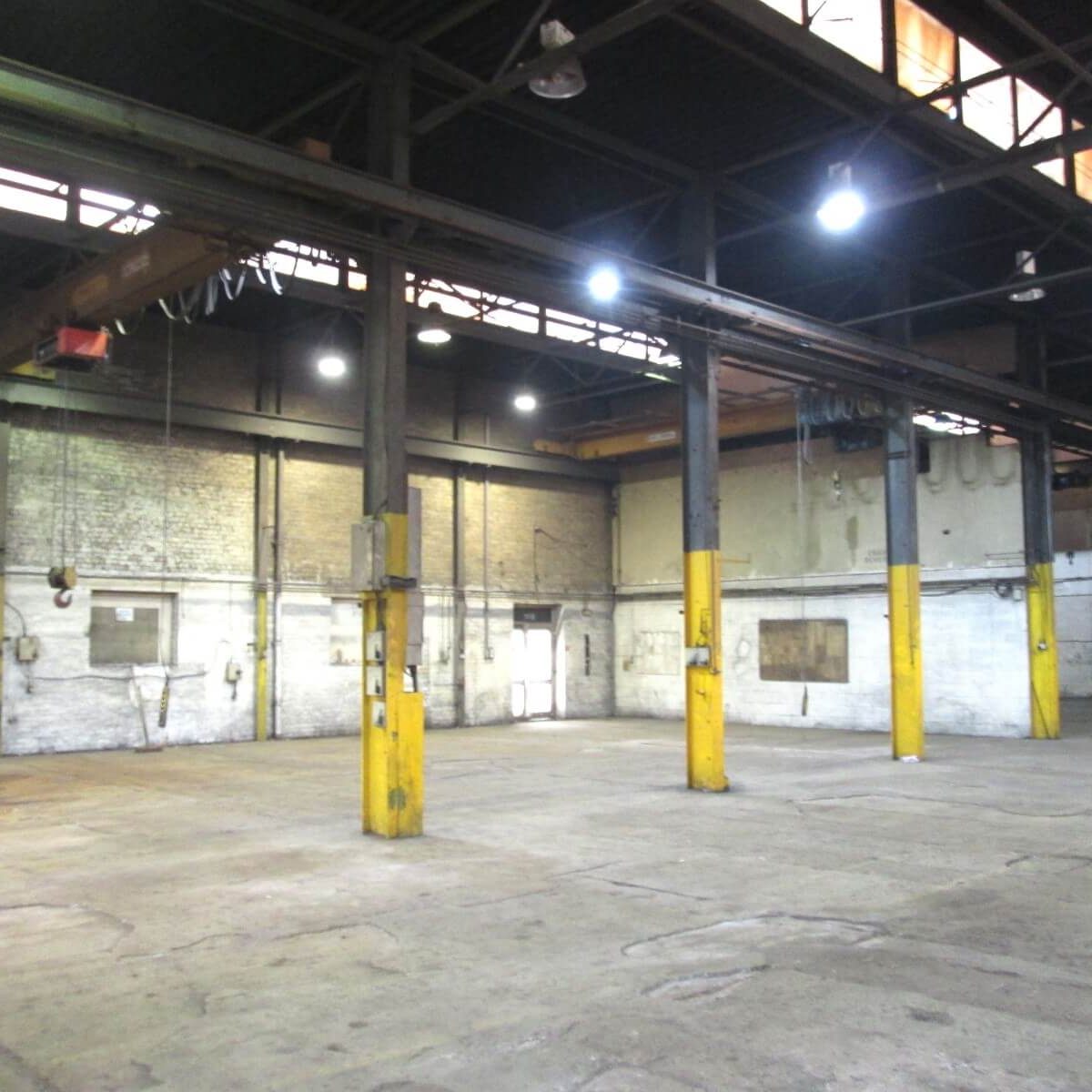Dilapidations claims occur when a tenant is alleged to have not complied with the repairing obligations in their lease and typically arise at the end of a lease.
As a landlord, you will want to ensure that the tenant is complying with their lease obligations, maintaining the property to the required standard and protecting the value of your asset.
As a tenant, you will want to check the validity and scope of the landlords claim and be informed of any statutory protection that you are entitled to.
In either situation CH Building Consultants can provide the expert knowledge required to support you through the process.
As highly experienced dilapidations surveyors in all commercial property sectors we can act on your behalf as your surveyor. We will guide you through the complex procedures and timescales associated with dilapidations claim, and achieve a satisfactory resolution.


Dilapidations claims are, by their nature, subjective and have a long history of case law and legal precedent that guides both tenant and landlord in establishing the claim and subsequently negotiating settlement of the claim.
The complexity arises due to the variety in types of buildings, the ambiguity or range of interpretation of lease repairing clauses and the lack of information about the condition of the property at the start of the lease. Specialist consultancy support is essential to navigate the claim process.
Claims take the form of a Schedule of Dilapidations, prepared by the landlord surveyor and then issued to the tenant. Those issued at or near the end of the lease are known as Terminal Schedules.
Typically, the tenant appoints their own surveyor and the two representatives seek to negotiate a settlement. The settlement is achieved either by the tenant undertaking the agreed dilapidation works or a financial agreement between the two parties.
Dilapidation issues can also arise at other times during the lease. Dilapidation schedules served during the mid-term of the lease are known as Interim Schedules and are intended to ensure the tenant rectifies items of disrepair before they worsen.
During events such as lease surrenders or lease break events, the dilapidation liability existing at that time is usually included in the agreements to facilitate the ending of the lease. The quantum of the liability is determined by undertaking the preparation of Schedules of Dilapidations.
Tenants can also plan and budget in advance for their dilapidations liability by obtaining an assessment of the anticipated landlords claim. Our reports also obtain advice on methods to mitigate the potential burden and establish an exit strategy from the property.
At CH Building Consultants, we have a depth of expertise and experience in the legal, technical, and commercial aspects of dilapidations, delivering the best advice and commercially advantageous outcomes.


Our Services:
- Terminal schedules of dilapidations
- Negotiation of dilapidations claim settlements
- Dilapidations Liability Assessments
- Lease exit strategy and lease break advice
- Interim schedules of dilapidations
- Portfolio dilapidations management
Whether you are a landlord ensuring the tenant meets their lease obligations or a tenant seeking advice on your dilapidations liability, CH Building Consultants will proceed diligently and professionally to deliver the best possible outcome for our clients.
Dilapidations FAQs
Here are some of the most common questions we hear from our clientele.
Dilapidations Case Studies
Explore our Dilapidations case studies, to see how we work.




